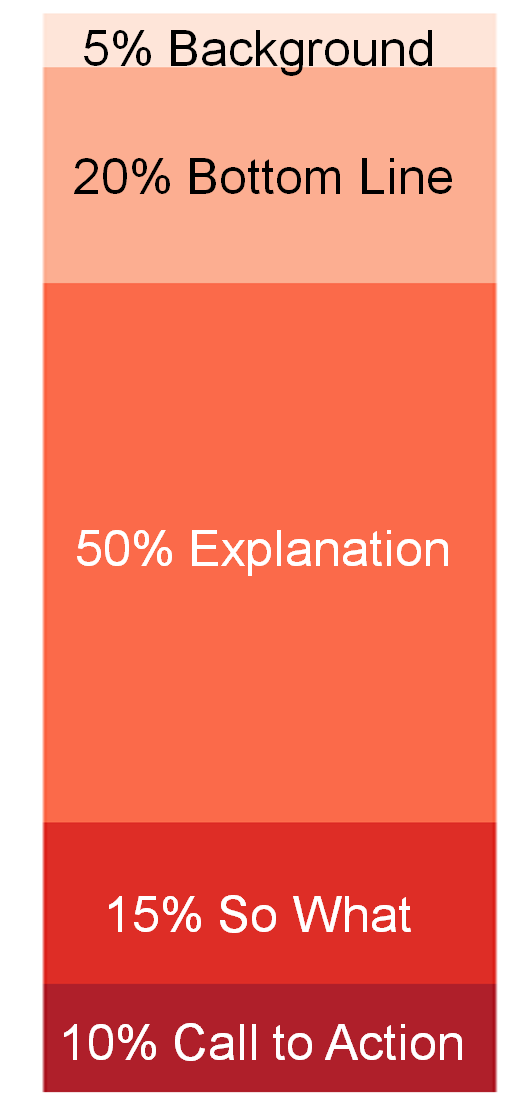I am Susan Kistler, the American Evaluation Association’s Executive Director and aea365’s regular Saturday contributor. We have a busy week coming up with all conference proposals due next Friday.
Hot Tip – Beware the Ides of March (for it is the AEA conference proposal submission deadline): Famously known as the date of Caesar’s assassination at the hands of conspirators, March 15 has a far more important meaning in 2013. It is the due date for AEA conference proposals. Let March 15 slip past, and it will be too late to submit your proposal to present at the annual conference to be held in October in Washington DC. More about the conference, proposal submission, and the proposal submission forms may be found online here.
Hot Tip – Think About Your Message: This is a good time to think about what it is that you want to say with you presentation. As part of AEA’s Potent Presentations Initiative, the association has a couple of resources to help you as you plan:
Learn From the Experts: As part of P2i, a graduate student interviewed twelve evaluators regarded for their speaking. Each was selected based on workshop evaluations from the AEA conference or summer institute, or based on feedback from attendees at the Evaluation 2011 conference regarding the best presentation at the event. Their recommendations can be found in the Dynamic Dozen Messaging guide.

Review the Slides and Notes From the Messaging Workshop: p2i coordinator Stephanie Evergreen gave a workshop at Evaluation 2012 on improving your messaging. The slides and notes may be found here.
Use the Messaging Model Handout: Perhaps the most valuable takeaway is to use the Messaging Model in preparing your presentation. This model suggests breaking down your presentation into five components – Background, Bottom Line, Explanation, So What, and a Call to Action, spread across your presentation as per the guidelines in the image. The Messaging Model handout provides a worksheet for preparing your presentation using this structure.
Hot Tip – Submit Your Proposal Early: Submitting your proposal even one day early, Thursday rather than Friday, means that you are likely to get a confirmation much more quickly and be able to adjust to any technology, weather, or personal challenges.
Do you have questions, concerns, kudos, or content to extend this aea365 contribution? Please add them in the comments section for this post on the aea365 webpage so that we may enrich our community of practice. Would you like to submit an aea365 Tip? Please send a note of interest to aea365@eval.org. aea365 is sponsored by the American Evaluation Association and provides a Tip-a-Day by and for evaluators.

Hi Nicky,
I train quite a bit and use this structure or something similar to it for my talks. Sometimes it is structured as Top Ten Things You Need To Know About Such And Such. Or other times it’ll be broken down by the four main concepts I’m teaching and then within each of those sections I’ll have a similar pattern where I go through the messaging model for each concept and end up repeating the messaging model four times within a larger messaging model, if that makes any sense. The point is, you should flex this so that it can work for you, keeping in mind its strengths at communicating.
Repeating the model for each main concept does make sense, thank you. Part of my take-away from this model & conversation is that my trainings may be trying to address too many concepts at once. More frequent, less dense presentations would probably be more successful, if my audience would be willing to schedule that way.
Hmmm. Good question Nicky. Can you provide a bit more guidance though on where you see the difference being in terms of how you would convey your message?
It’s a good point that if the purpose of the training is the call to action, then that section likely would expand. But, I’m trying to think more about how the rest of the general concepts would change. Perhaps are you thinking that the call to action becomes the framing for the presentation and thus would be reiterated throughout?
First, Thank You! I walked through all the slides and they are wonderfully helpful (as is everything @ AEA).
Second, a question: most of my presentations, both live and webinar, are not evaluation reports but professional development trainings for grantees and colleagues (ECB is a very big part of my job). Many of the p2i concepts translate readily to training, but it feels like something is missing. Trainings include multiple complex new ideas that the trainees are hoped to use in the near future – maybe you’d say the bulk presentation is a call to action.
It would be really wonderful if AEA could provide some specific tips for how to do better ECB training presentations. Thanks again!